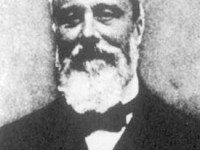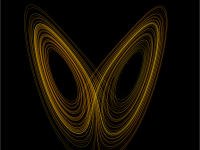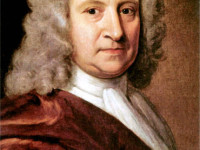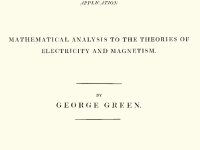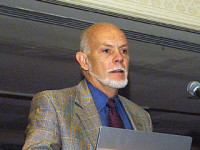Walter Schottky and the Image Potential Energy
On July 23, 1886, German physicist Walter Hermann Schottky was born. Schottky played a major early role in developing the theory of electron and ion emission phenomena. He invented the screen-grid vacuum tube in 1915 and the pentode in 1919 while working at Siemens, co-invented the ribbon microphone and ribbon loudspeaker in 1924 and later made many significant contributions in the areas of semiconductor devices, technical physics and technology. Walter Schottky –…
Read more



